Author: Marshall Schott
Developed in the mid-19th century by Bohemian brewers who were fed up with contaminated ale, Pilsner was made using the novel lagering methods pioneered by Bavarian breweries, namely the use of pale malts and cool fermentation using bottom fermenting yeasts. As the popularity of this new style began to rise, German brewers began riffing on it themselves, ultimately leading to the creation of the regionally specific and characteristically unique German Pils.
These days, there exist a number of fizzy yellow lager variants, all with their own distinct flavors stemming from both brewing processes and ingredient choices. What I find so incredibly appealing about German Pils is the melding of assertive bitterness, noble hop character, and bready malt flavor, which are all on full display thanks to the clean fermentation profile. The BJCP provides the following description of this influential style:
A light-bodied, highly-attenuated, gold-colored, bottom-fermented bitter German beer showing excellent head retention and an elegant, floral hop aroma. Crisp, clean, and refreshing, a German Pils showcases the finest quality German malt and hops.
I love German Pils. Without question, it’s my desert island beer. In the last few years, I’ve brewed more of this delicious style than any other using various methods, though never going full-on detestable. Until recently, that is…
| BREWING THE BEER |
I went with the simplest of grists for this batch in order to keep is as bare-bones as possible, then layered in a decent charge of Saphir hops, which I’d never used before.
Short & Shoddy German Pils
Recipe Details
| Batch Size | Boil Time | IBU | SRM | Est. OG | Est. FG | ABV |
|---|---|---|---|---|---|---|
| 5.2 gal | 25 min | 28.7 IBUs | 3.6 SRM | 1.049 | 1.013 | 4.7 % |
| Actuals | 1.049 | 1.011 | 5.0 % | |||
Fermentables
| Name | Amount | % |
|---|---|---|
| Pelton Pilsner-style Malt (Mecca Grade) | 11.25 lbs | 100 |
Hops
| Name | Amount | Time | Use | Form | Alpha % |
|---|---|---|---|---|---|
| Magnum | 16 g | 25 min | Boil | Pellet | 12.9 |
| Saphir | 15 g | 15 min | Boil | Pellet | 3.2 |
| Tettnang (2017) | 15 g | 15 min | Boil | Pellet | 4.4 |
| Saphir | 15 g | 5 min | Boil | Pellet | 3.2 |
| Tettnang (2017) | 15 g | 5 min | Boil | Pellet | 4.4 |
Yeast
| Name | Lab | Attenuation | Temperature |
|---|---|---|---|
| Harvest (L17) | Imperial Yeast | 72% | 50°F - 60°F |
Notes
| Water Profile: filtered Fresno tap water with some gypsum |
Download
| Download this recipe's BeerXML file |
I started this brew day at 7:53 AM by collecting the full volume of water.
After flipping the switch to get the water heating up, I added an unmeasured dose of gypsum with the goal of accentuating the bitterness of the beer.
I proceeded to weigh out and mill the grain. When the water was properly heated, I incorporated the grist then checked to ensure it hit my intended mash temperature.
The mash sat for a brief 30 minutes, during which it was stirred every time I walked by.
During the mash rest, I measured out the kettle hop additions.
With the mash rest complete, I removed the grains before bringing the wort to a boil.
When the quick 25 minute boil was complete, I chilled the wort with my IC.
A refractometer reading showed the wort hit my target 1.049 OG for a brewhouse efficiency of 63%.
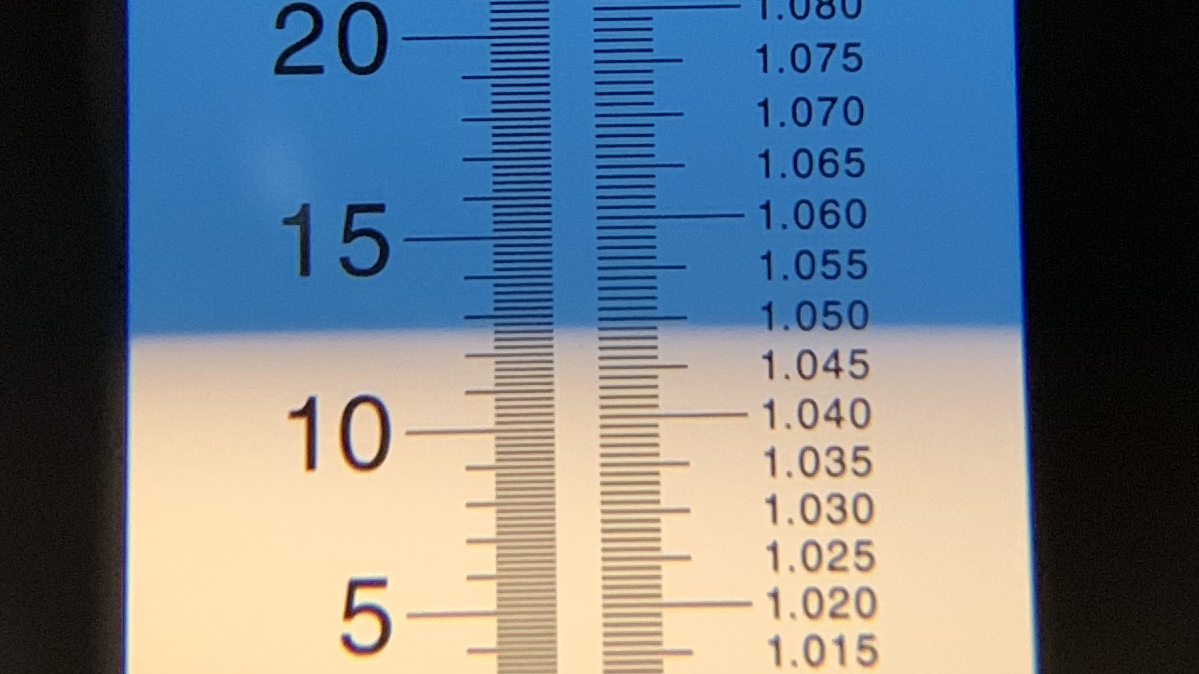
Without waiting for the kettle trub to settle, I transferred the chilled wort to my fermentation vessel.
Given the cool December weather, I was able to chill the wort lower than usual, though still warmer than most view as acceptable for a lager. Despite being at 63°F/17°C, I pitched a single pouch of Imperial Yeast L17 Harvest.
The filled fermentation vessel was placed in my chamber controlled to 66°F/19°C and hooked up my CO2 capture device. The time was 9:50 AM for a total brew day time of 1 hour 57 minutes.
Later that evening, fermentation was kicking along nicely and continued for 6 days before activity appeared absent, at which point I took a hydrometer measurement showing FG had been reached.
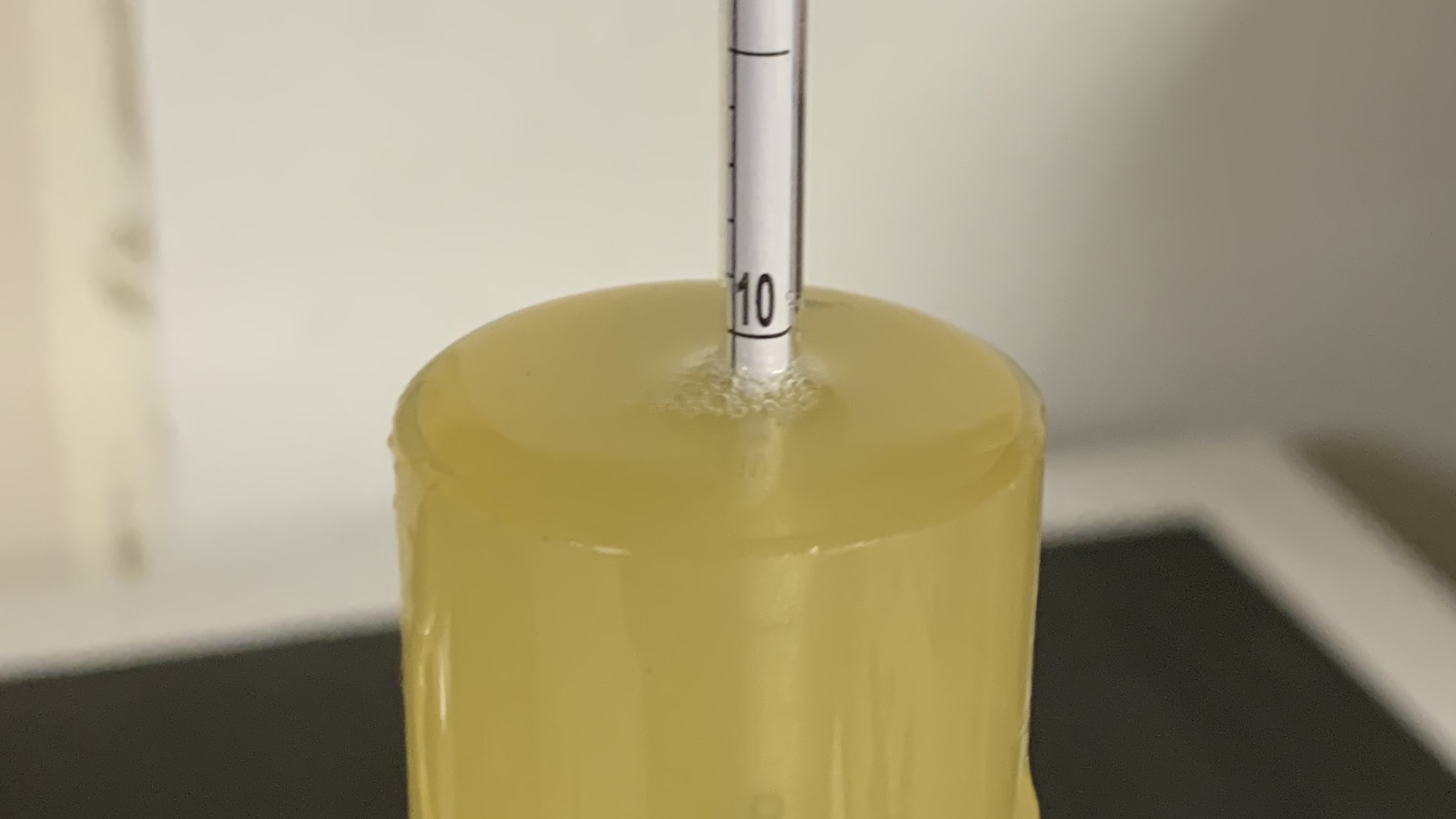
At this point, I hit the fermenter with 2 psi of CO2 and set the temperature controller to 33°F/1°C for cold crashing. I added gelatin fining the following evening then waited a week before racking the beer to a naturally purged keg.
The filled keg was placed in my keezer and burst carbonated overnight before I reduced the gas to serving pressure. I let the beer lager for a mere 8 days before serving it to tasters for evaluation.
| RESULTS |
A total of 13 people of various levels of experience participated in this Short & Shoddy evaluation. Participants were informed of the specific beer style and provided the BJCP description prior to completing the survey. Tasters were then instructed to rate how hoppy, malty, and dry they perceived the beer to be on a 0-5 scale where a rating of 0 indicated “not at all” and 5 indicated “extremely.”
Tasters were provided a list of common hop, malt, and yeast characteristics then instructed to select from each the one they perceived as being most prominent in the beer.
Hop Characteristics
Malt Characteristics
Yeast Characteristics
Next, participants were asked to indicate whether or not they detected any off-flavors in the beer; those who did were provided a list of common off-flavors and instructed to select the one they perceived as being strongest. One person noted diacetyl and another felt they perceived an astringent note.
Tasters were then asked to rate how well the beer represented the intended style, based on the provided BJCP description, on a 0-5 scale where 0 meant “not at all” and 5 meant “exactly.”
Finally, tasters were asked to rate how much they enjoyed the beer on a 0-5 scale where 0 indicated they hated it and 5 indicated they loved it.
My Impressions: I’ve brewed a lot of German Pils in my day, nearly all of which included a grist of Pilsner malt with a splash of something else for character, usually Vienna malt. While I really enjoyed this Short & Shoddy version, I did feel like it would have benefited from just a bit more character. However, if there was one thing I could go back and change, I’d swap the Saphir for more Tettnanger hops, which is one of my favorite varieties.
| CONCLUSION |
To the dismay of many a haughty craft beer “aficionado,” Pilsner is the most popularly consumed beer in the world, and for good reason– it’s freaking delicious! Of the various regional versions available, German Pils is one of my personal favorites for a number of reasons, though I avoided brewing it for years due to talk of how difficult it is to do so. Throwing caution to the wind, my latest batch was made using Short & Shoddy methods, which lo and behold, seemed to work out well.
With a grist of just Pils malt and a boil length of a mere 25 minutes, one might expect the beer to have ended up with noticeable levels of dimethyl sulfide (DMS), which can be perceived as corn- or ketchup-like. That wasn’t the case with this Pils, not a single person identified a DMS off-flavor. While one taster noted diacetyl, she later explained the beer “sort of tasted like popcorn but wasn’t buttery,” indicating she may have been influenced the association of butter with popcorn. Other than that, the blind evaluation data corresponds rather nicely with what you might expect from a German Pils, which is perhaps most surprising seeing as it was fermented at a temperature more appropriate for ale.
This Short & Shoddy German Pils may not have been perfect, at least to my palate, which I don’t believe had to do with the process, but rather ingredient choices. For future batches, I’ll stick with my standard grist including a dose of Vienna malt to add more oomph, and swap the Saphir for more Tettnanger hops, because that’s my jam.
If you have thoughts about this Short & Shoddy brew, please feel free to share it in the comments section below!
Support Brülosophy In Style!
All designs are available in various colors and sizes on Amazon!
Follow Brülosophy on:
FACEBOOK | TWITTER | INSTAGRAM
If you enjoy this stuff and feel compelled to support Brulosophy.com, please check out the Support page for details on how you can very easily do so. Thanks!


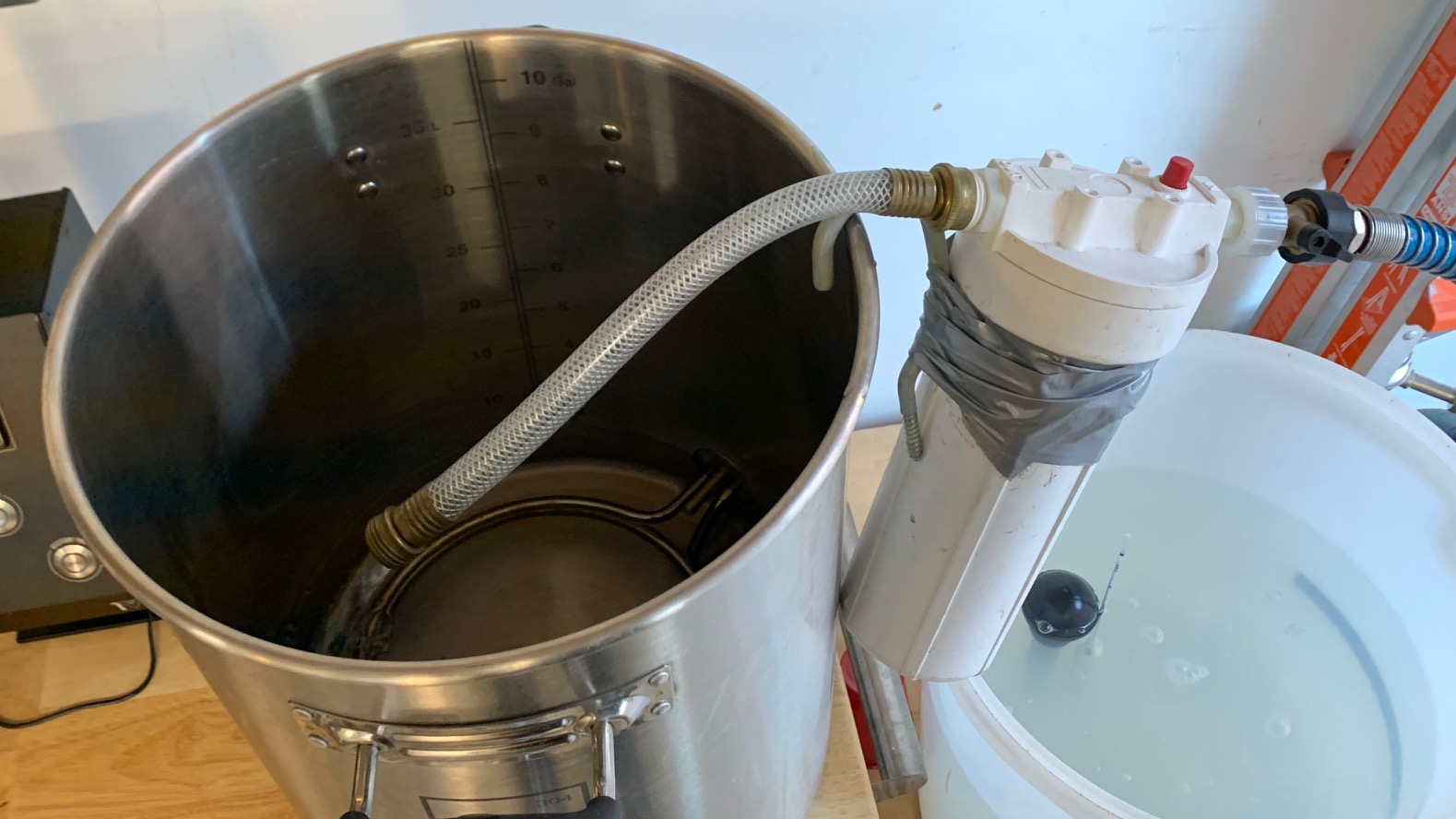
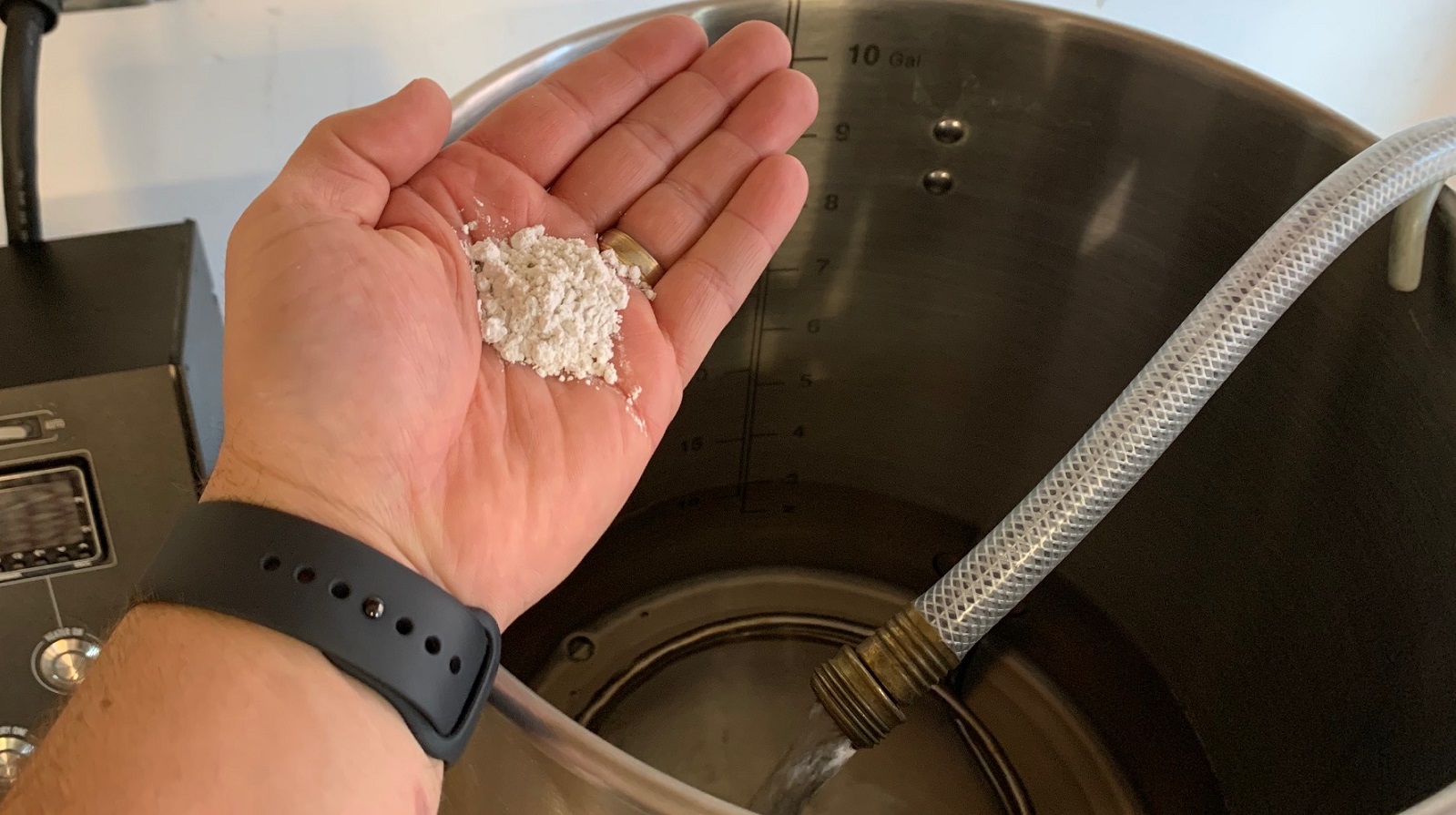
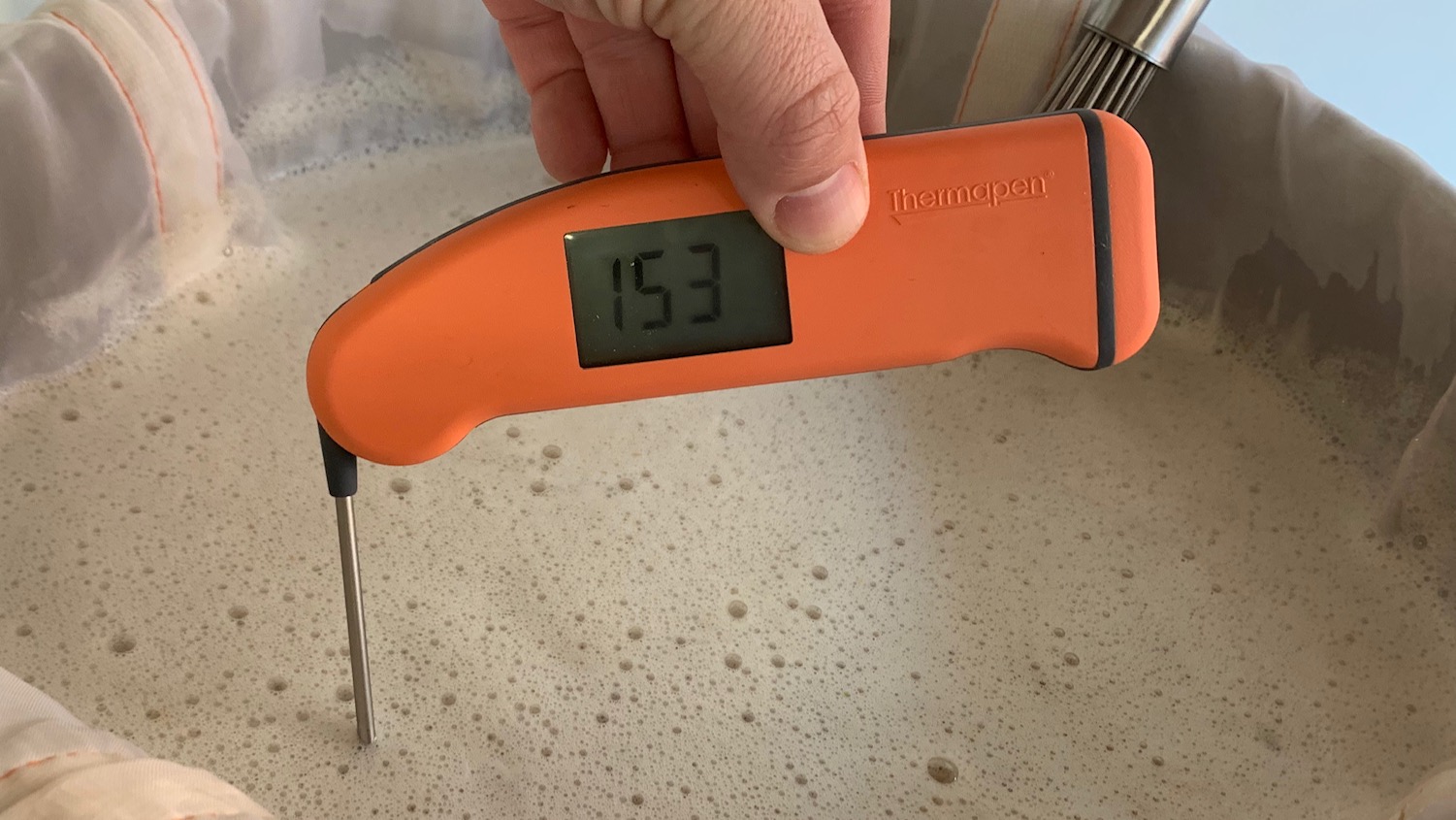
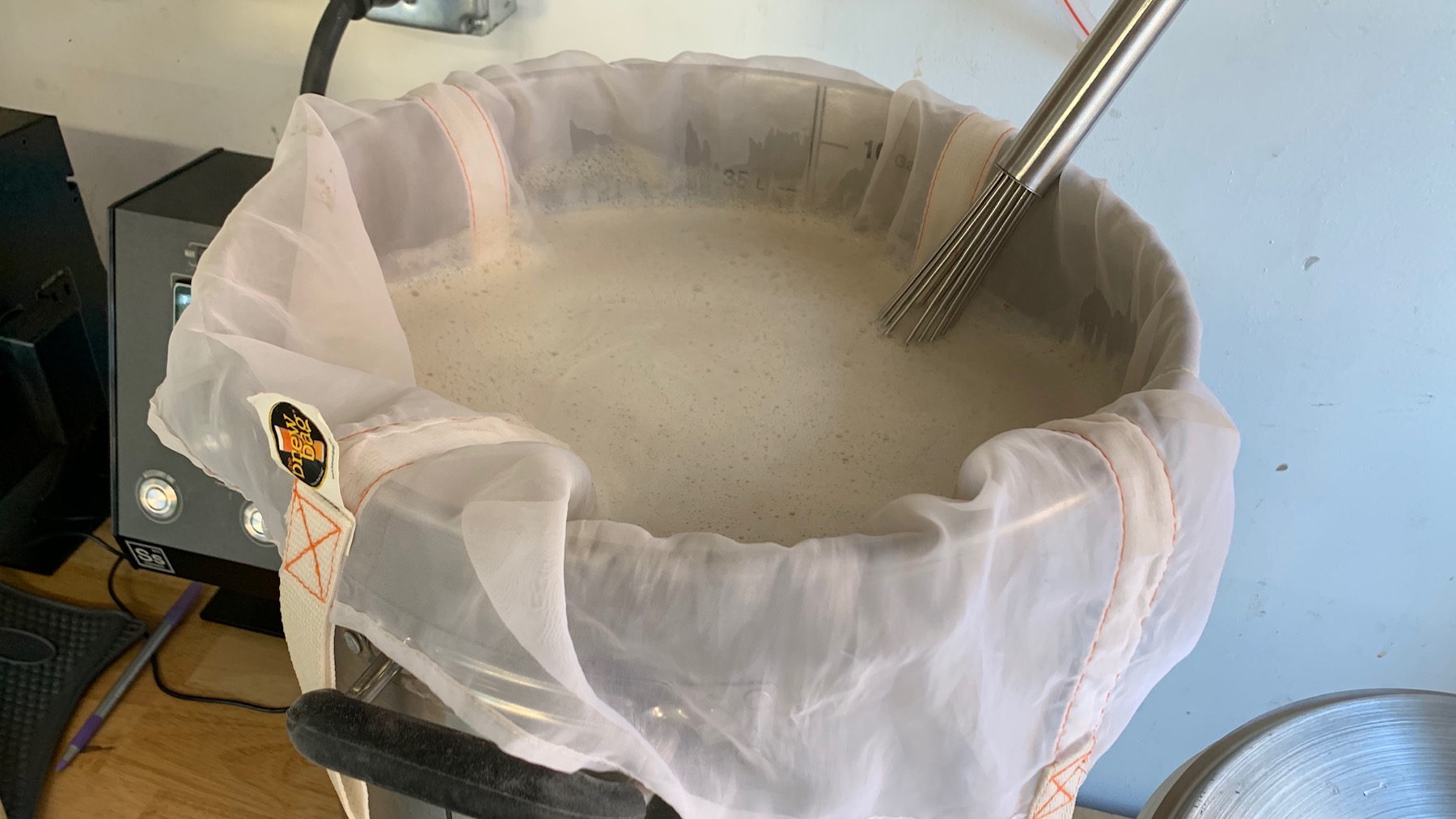
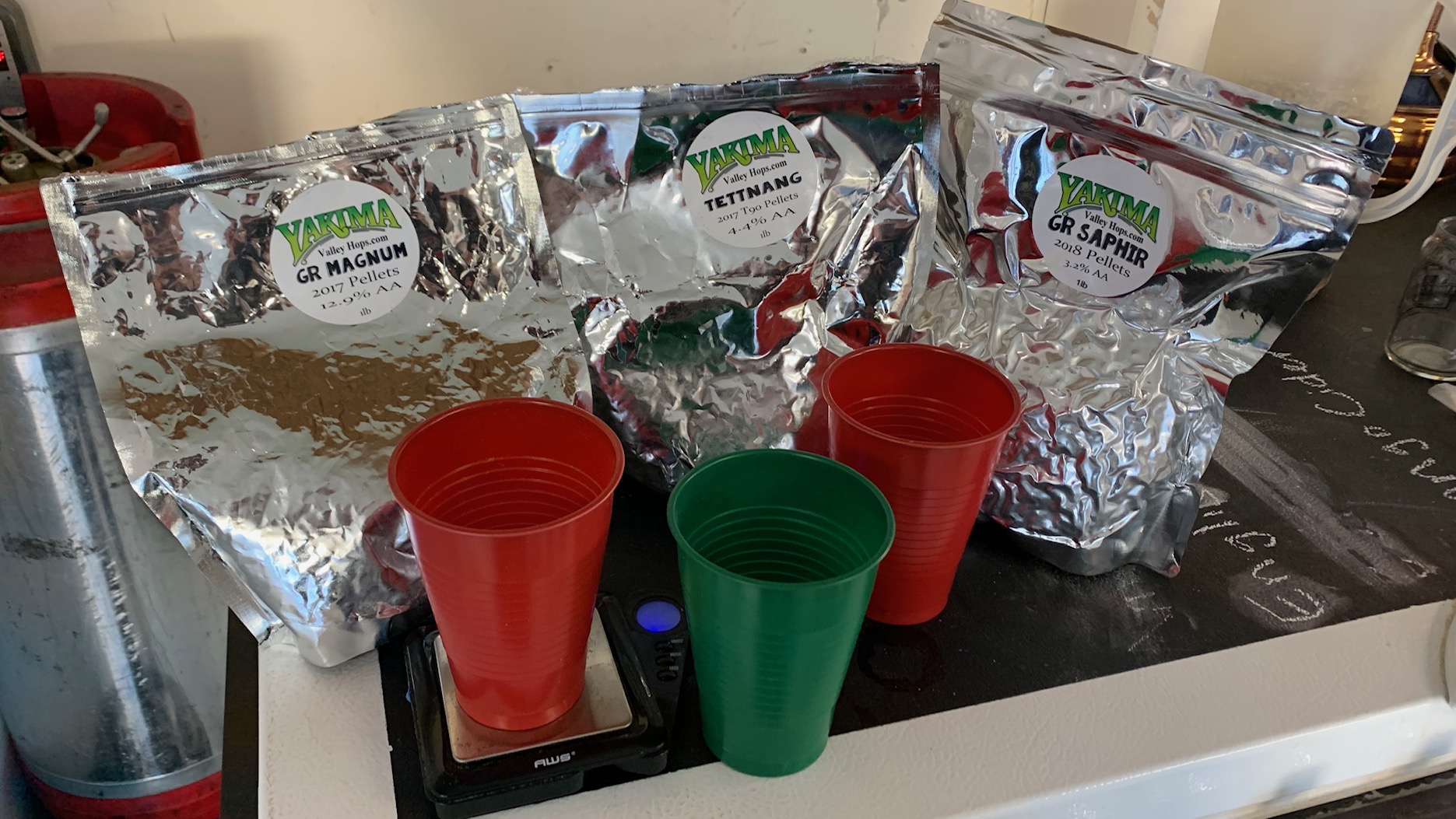
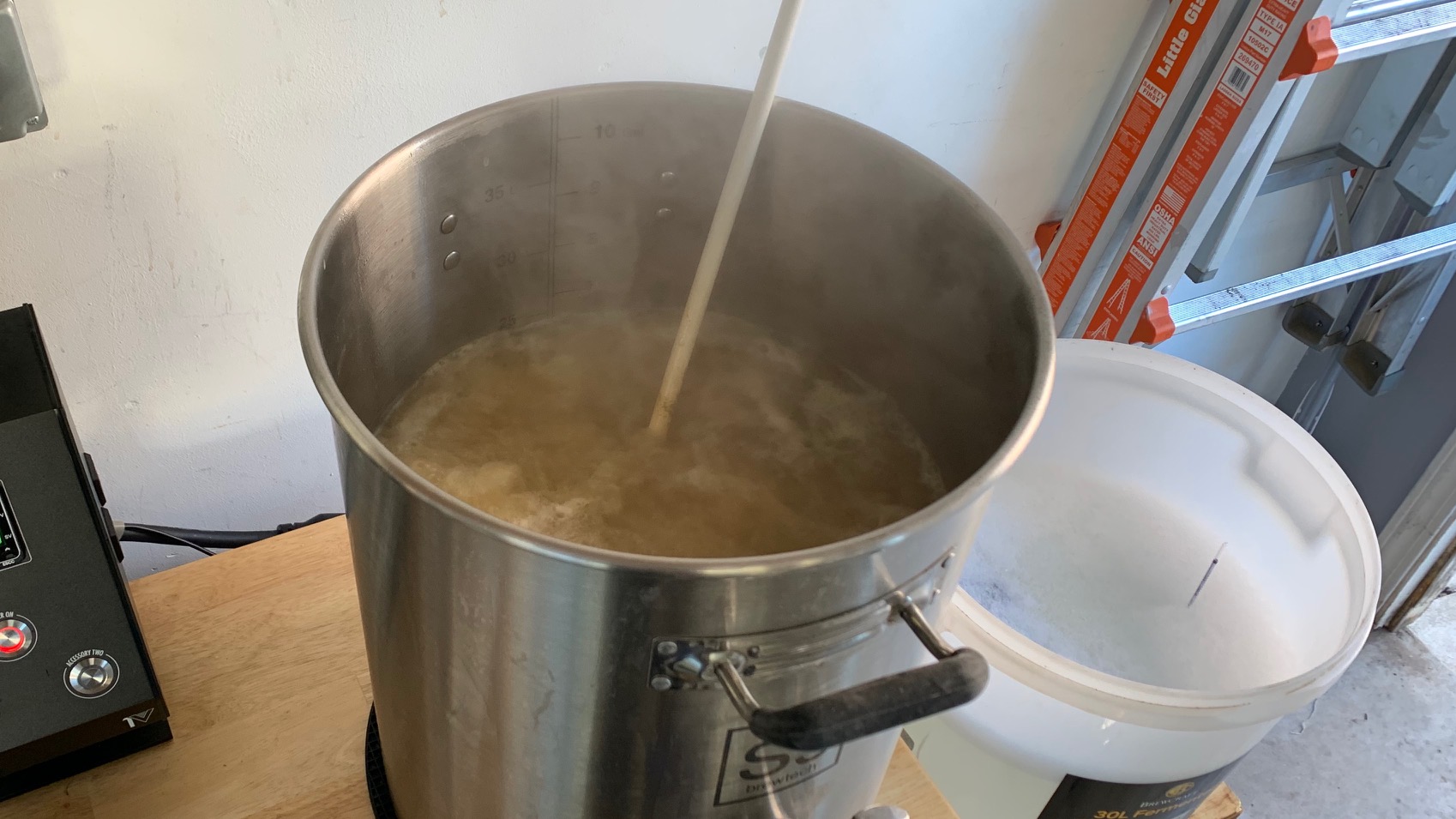
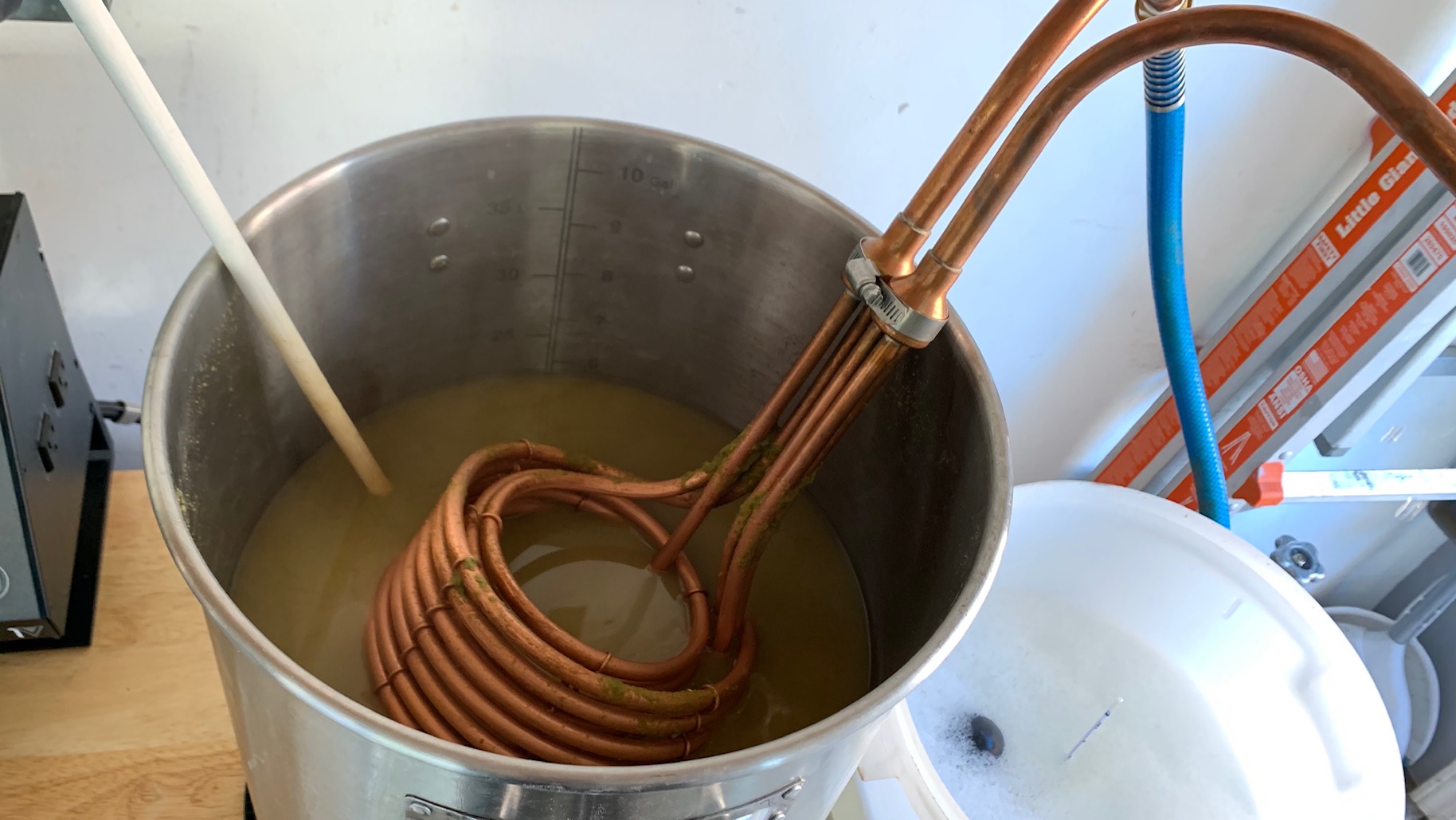
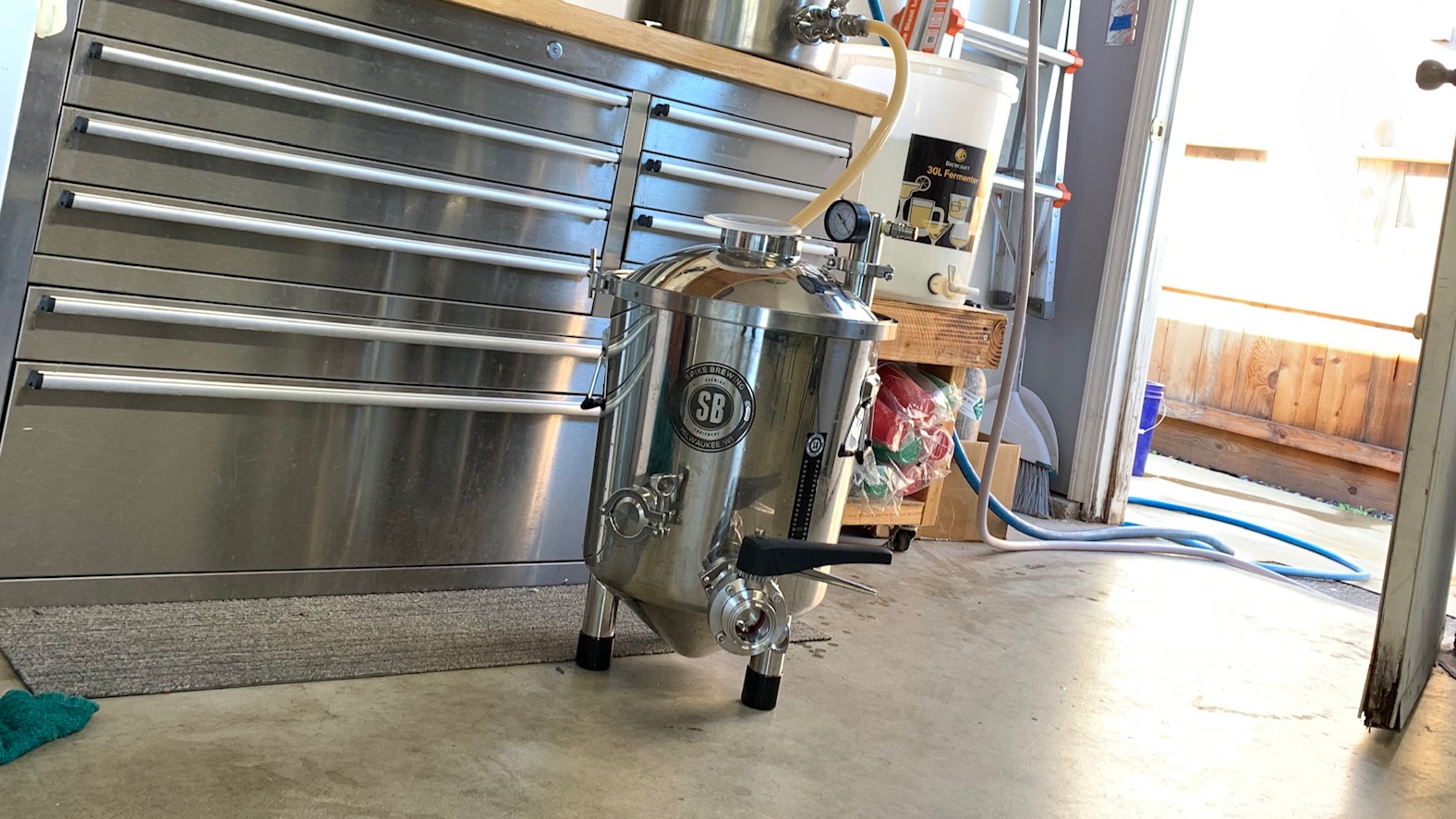
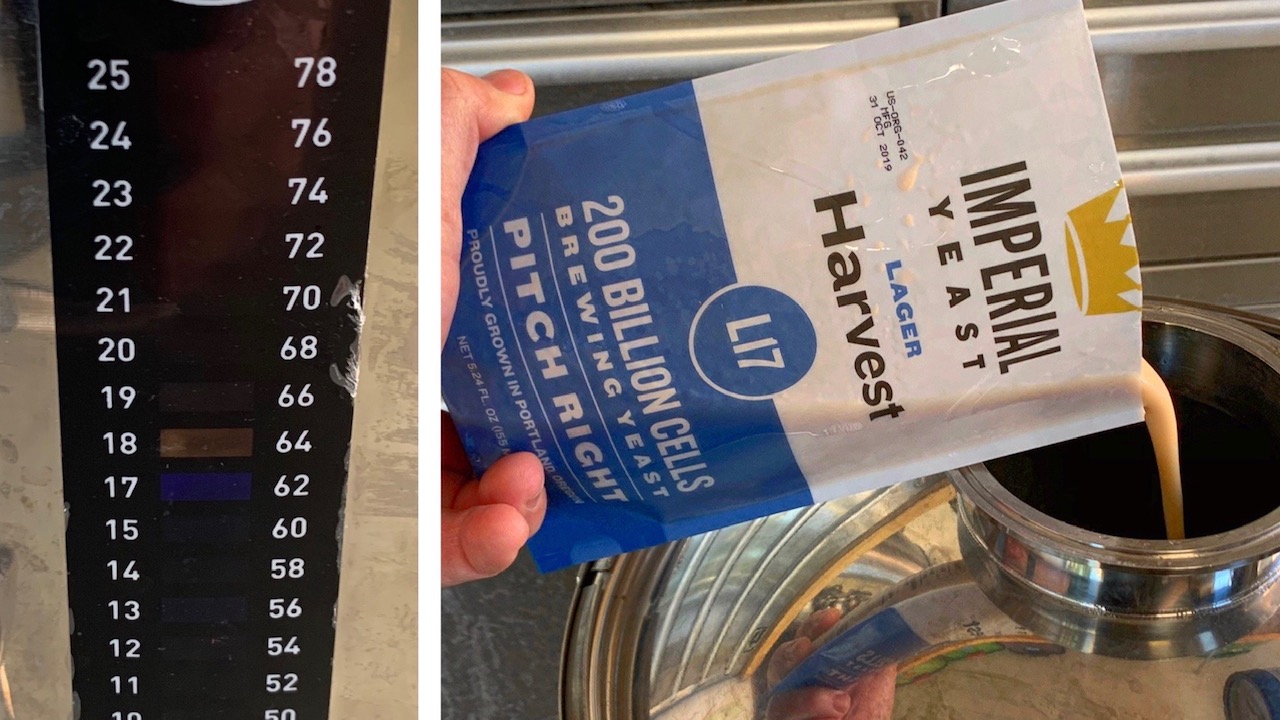
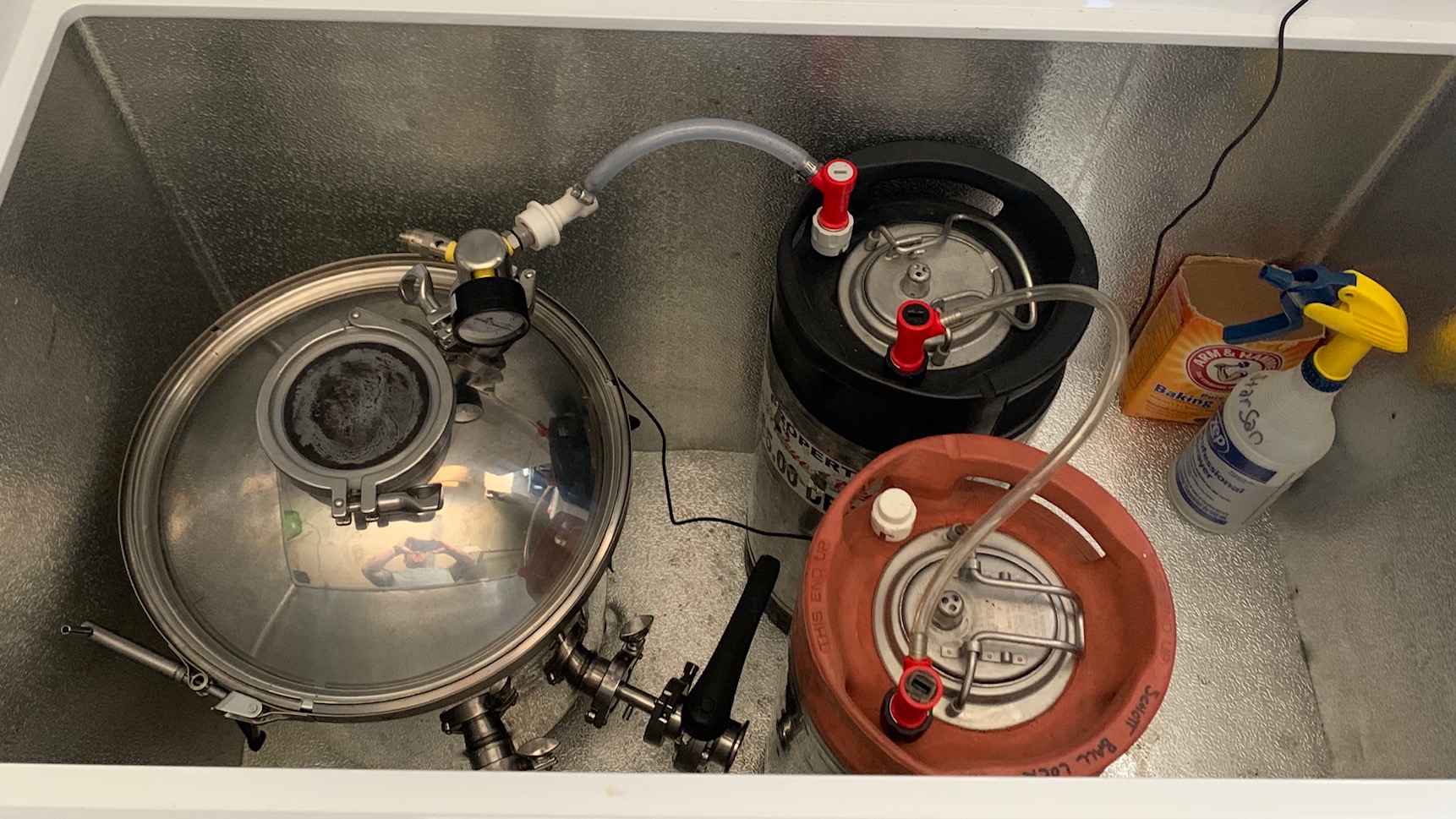
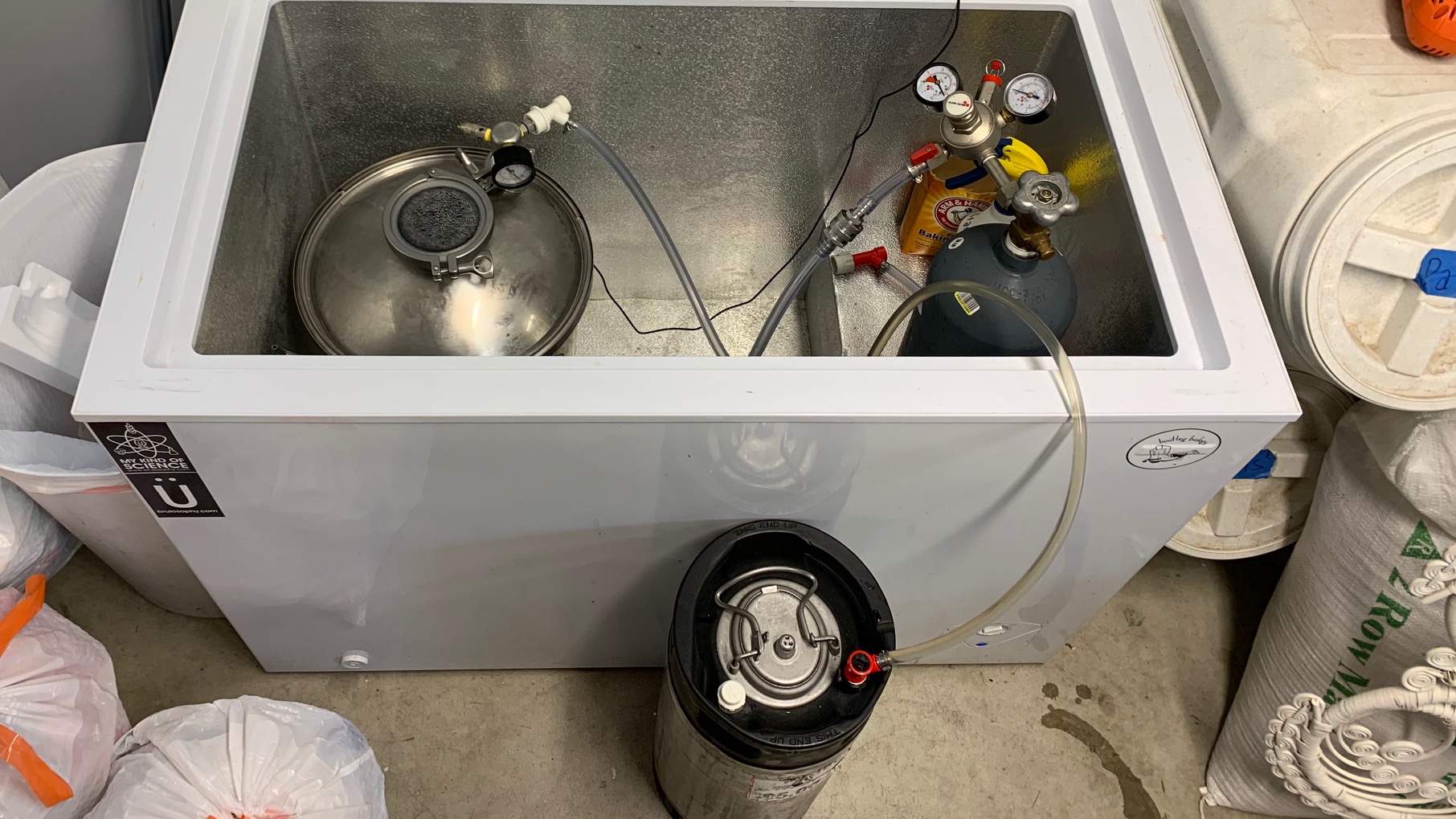

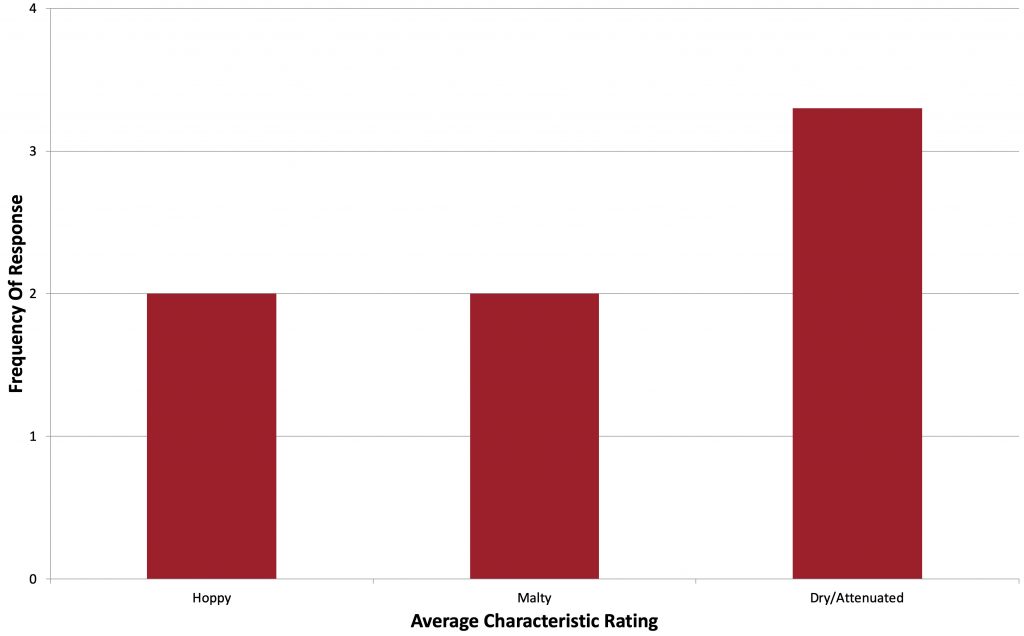
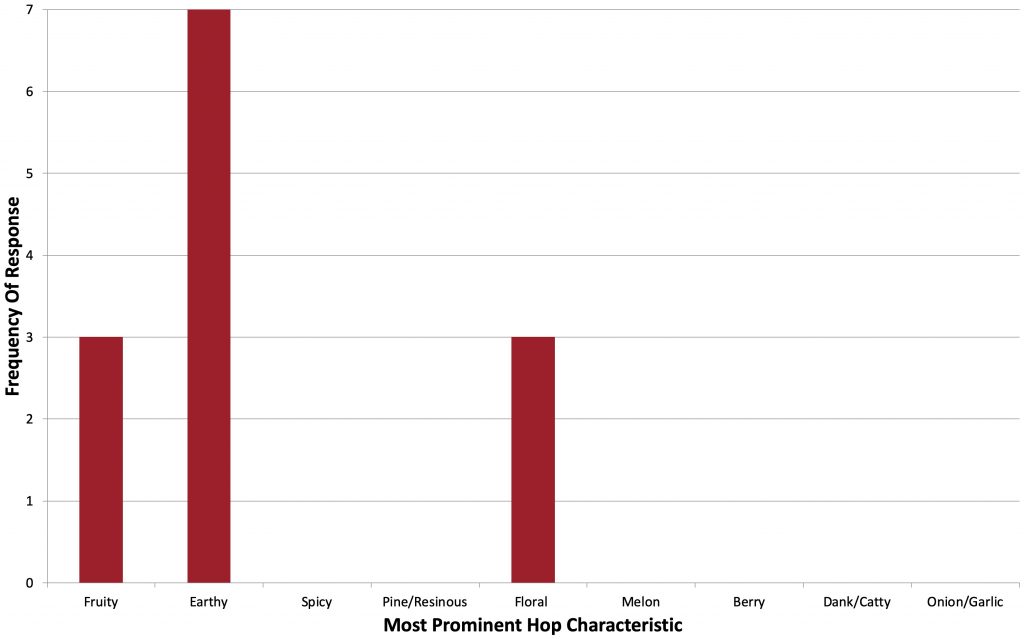
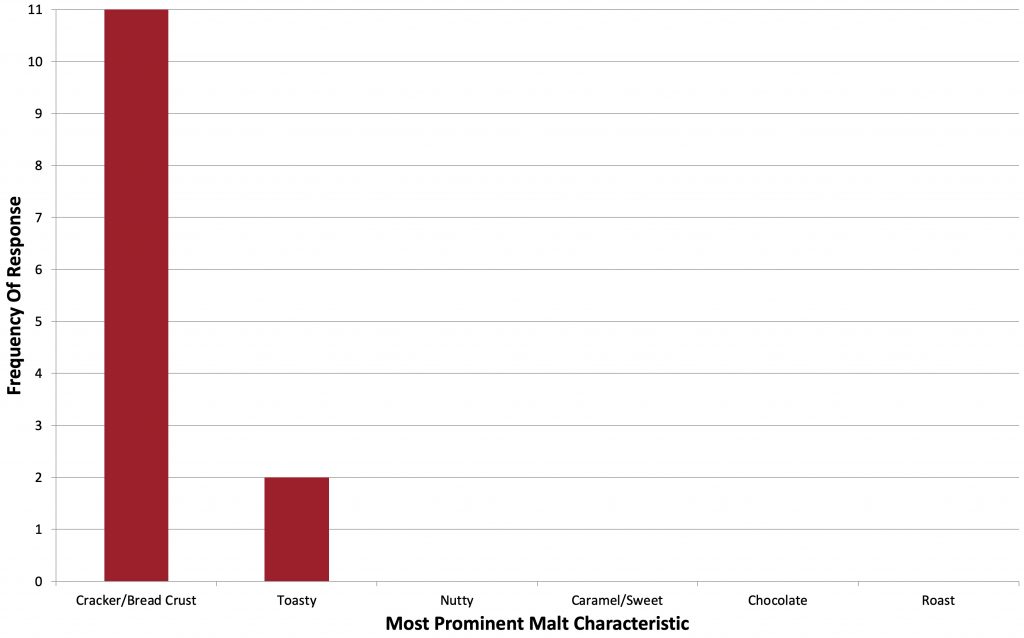
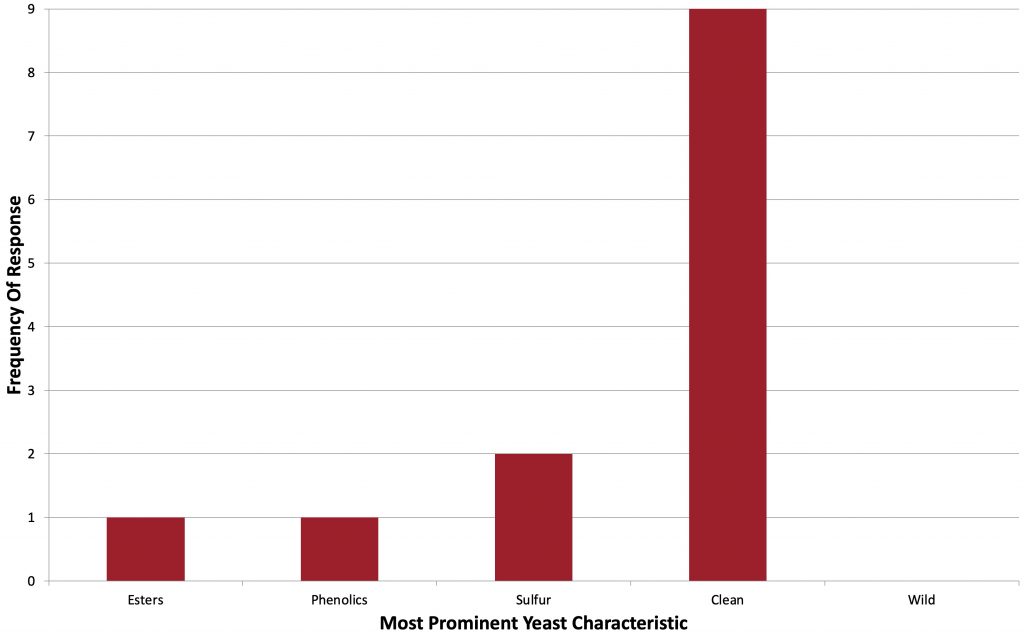
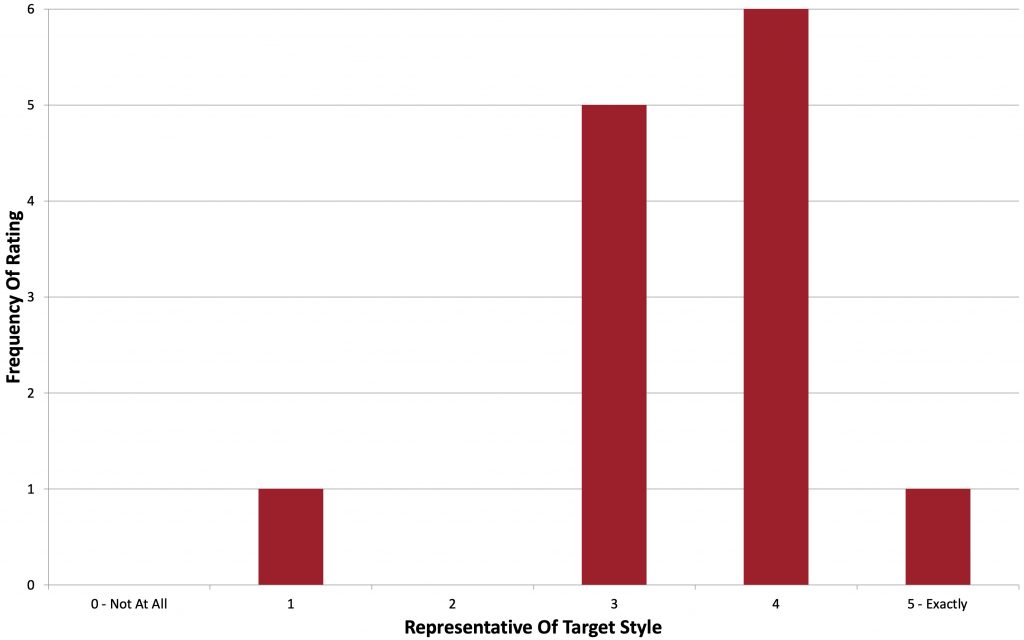
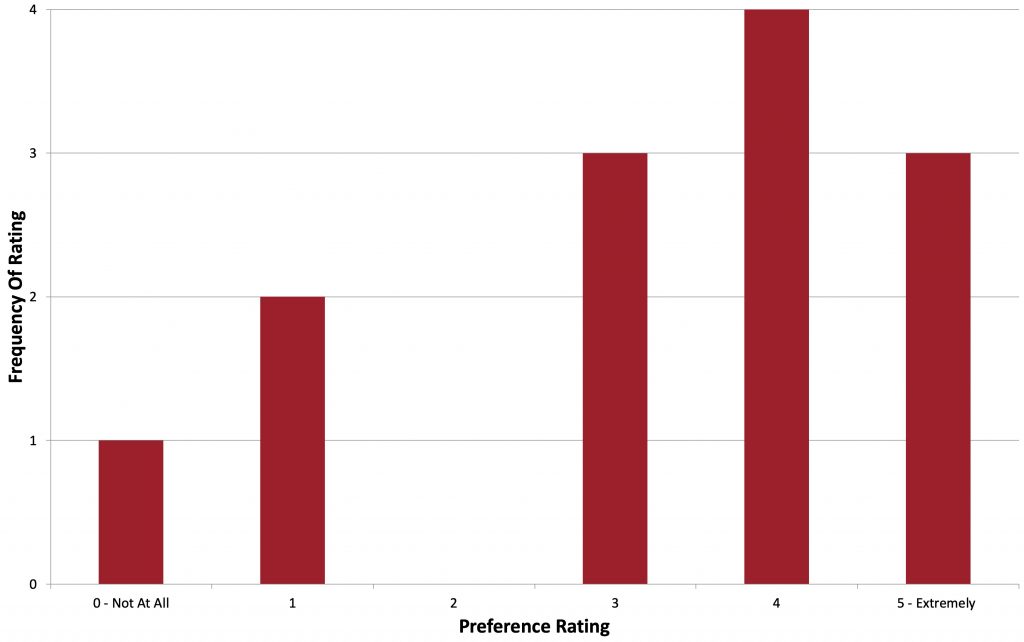











26 thoughts on “Short & Shoddy | German Pils”
Which beer brewed as short and shoddy had you longest on tap? I ask because I have done a couple of brews which I fermented in my boil kettle (also using open fermentation, although covered with a cheese cloth), a WV12 clone and a weizenbock.
The main reason to ask this is not because of off tastes, actually more like the reverse, these beers are somehow a bit too clean.
In the meantime these beers are 5, resp. 3 month in the bottle and still taste excellent.
And isn’t pils always sold as the most difficult to brew because of tastes? And you ferment it with all the trub (also hops included?) and nobody complains about off tastes? Fascinating
Mostly because I actually loathe the last part of the brewing: waiting until the trub has settled and then carefully rack the wort from above the trub in the fermenter. Cooling, waiting until the trub has settled and then pitching yeast into my boil kettle is much more relaxed.
Kegs rarely hang around longer than a month.
I don’t ferment with all the trub, I just dint wait for the wort to clear before racking to fermenter.
Wondering if you have a write-up of your CO2-capture system, or if you could give a quick explanation? I like the idea of reapplying the byproduct of the fermentation.
Not yet…
I can give my system which is probably very similar to Marshall’s (because i stole it from him).
I have 2 kegs, 1 half full of sanitizer, and one empty. The half sanitizer keg I will call Keg A, and the empty keg i’ll call Keg B.
I run a tube line from my FV to the gas post of Keg A. I connect a tube line from Keg A’s bev post to the bev post of Keg B. I connect the gas post of keg B to a tube that goes into a bucket of sanitizer.
After a few days, keg A should be empty of sanitizer and keg B should be full of sanitizer. At this point, I switch the line from the FV to Keg A to connect to the bev post. The gas post of Keg A now runs to the bev post of Keg B. This way, all CO2 will fill from the bottom of Keg A, out of Keg A’s gas post and into the bev post of Keg B (which is under sanitizer, and out of Keg B’s gas post into the bucket of sanitizer.
I hope that makes sense. A diagram would be 1000x better in explaining this. Keg B’s gas post doesn’t technically need to run a tube to a bucket of sanitizer, but by doing it this way Keg B will become Keg A of the next brew batch and I’ll have reasonable confidence that there’s very little O2 within it, and its very nicely prepped for the next batched.
My FV is a Spike Flex+ which is pressure-capable. I’d imagine the FV needs to handle at least a few PSI in order to make that push of sanitizer from Keg A to Keg B. As such, I don’t know the viability (or safety) of doing such a method on glass carboys. The above method could be done without the sanitizer push, but that’s just how I do it and YMMV.
Thanks for that! I’m presently fermenting in glass carboys, but I’ve been mulling the switch to something like this, using a keg to ferment. This might just be the push I need!
Pilsner lovers unite! Have you considered mashing higher to make the most of your valuable time? I find that stirring gives better efficiency — not a goal in of itself — but maybe better results with no added time. For those of us who have to use a dedicated mash tun, the time to drain the mash allows for further conversion, and as the temperature drops, a more fermentable wort (maybe). In any case, love these short and shoddy brew days!
I’m not terribly concerned about efficiency and have my S&S process dialed in.
Hey Marshall, would you say you use a vigorous or rolling bowl? I ask this because I’ve done several short bowl batches and in simpler gist I seem to want more malt character as well. My small batch electric system doesn’t have the most vigorous boil. I’ve started to think boil length and boil vigor have kind of a sliding scale relationship with malt flavor development. The higher the boil vigor, the shorty boil time you can “get away with” and still have the same malt flavors.
I’ve tried to put this to the test recently by brewing a batch using a 60 minute bowl which I’ve previously down 2 times using a 30 minute bowl. I’m still waiting to sample (dry January), but it’s in the keg waiting. Curious to hear your thoughts on this idea of boil vigor/boil time. I’ve never had any issue with off flavors due to short boils just lacking what I would describe as “malt depth”. Which of course just could be recipe design or ingredients. Anyway cheers to German Pils!
I’m on a 240v eBrewing system and can get a very vigorous boil, but I dial it down to a point I’d call rolling.
Thanks for doing a s/s on this style! So your more typical grain bill has a little more vienna than what you used on this?
There was no Vienna in this, I loaded the wrong recipe file; fixing that now. I usually got with 90/10 Pils to Vienna.
I usually brew with a modified/simplified process like yours, thanks for a being a leader of these methods. I’m wondering if there are process details that we could pay closer attention to that would give a better product with almost no increased effort or hassle?? Use RO? Ferm a little cooler like at 60? Aerate the wort? Squeeze the bag? Or asked another question, if I wanted to have an easy brew day it also submit the beer to comps, what process would you add back?
I’ve submitted numerous Short & Shoddy beers to comps and they often score very well. Took low 40’s and advanced to second round with a Short & Shoddy Vienna Lager in a recent NHC, in fact.
I’m totally convinced (as many people) you can make excellent beer using a S&S method… but my question is what low effort processes would you add back to try to make the beer better? Are you saying S&S beers are already to good they can’t be better?
With it being a 30 minute boil, do you adjust your starting volume to account for less boil off?
I let BeerSmith do that for me.
I have not done a true s/s because I hate math and don’t want to fuck around with changing my water/boil off, but I have made many delicious lagers at ale temps. Totally the way to go in my opinion.
If you’re using any decent brewing software (I prefer BeerSmith), it literally take 3 seconds to change boil time and expected efficiency. That’s all I do.
Nice work on the quick “lager” brew! I have a quick suggestion for the wording of your statement regarding final gravity:
“Later that evening, fermentation was kicking along nicely and continued for 6 days before activity appeared absent, at which point I took a hydrometer measurement showing FG had been reached.”
The statement may be misleading to some brewers, as it implies that the FG was reached because you took a measurement of a single data point and/or that a predicted FG was attained. This wording is common to many of Brulosophy’s articles.
It would be more accurate to state that lack of visible activity AND a stable final gravity indicated a complete fermentation. We know very well that fermentations don’t necessarily hit expected or calculated final gravities.
I always have a German Pils in my rotation. These past 5 batches I’ve been using Skare kveick. At first, I fermented it at 55f (fast ferment method). Skare produced a VERY clean German Pils. This past batch, I fermented at 75f (Skare goes up to 95f). Finished fermentation in 3 or 4 days. I kegged it a couple of days ago and it’s also very clean. We shall see how clear it gets over the next 2 weeks.
(Note, I also brewed identical batches of this using WLP008 German Lager and Skare. I very much preferred the skare. A bit more hop, a little less malt)
If it comes out as well as it tastes now, I’ll be able to brew a German Lager on the weekend, cold crash on Wednesday, and keg by Friday. Add “short and shoddy” to this and it will be the easiest quickest lager in the world.
The only quibble I have is that a true short and shoddy should rely on just one type of hop, whatever you have lying around.
Or else maybe a Ziploc bag filled with about six unidentified leftover varieties of hops stashed in the freezer for a brew day like this.
Great job, regardless. Glad to see examples of people making easy beers
Not sure I follow. Short and Shoddy (IMHO) is about the process and not directly the recipe or ingredients. However, I think ‘end of the roll’ beers can be awesome. I recently designed an amber to get rid of a whole bunch of leftover base and speciality malts. I used something like 7 or 8 malt varieties in amounts that were simply calculated to use up bags. For hops I kept it simple (northern Brewer). The result was really quite excellent. I kept track of the recipe, however brewing it again would probably defeat the ‘end of the roll’ nature of the process..
Hi!
Do you think the short and shoddy method would work with malt extract? It would be a lot shorter.
How would be a pils based on malt extract?
It would 100% work on malt extract. You really only need to boil extract to sterilize it. The only reason to do longer boils using extract is for hop utilization. Check out some of Basic Brewing Video’s on YouTube. They done a ton of short boil extract beer videos. Pretty sure they done a Pils or two.
Hello, I really like the ”buttery” taste in a Pilsner, what should I aim for to get that taste?
Thank you for your help!